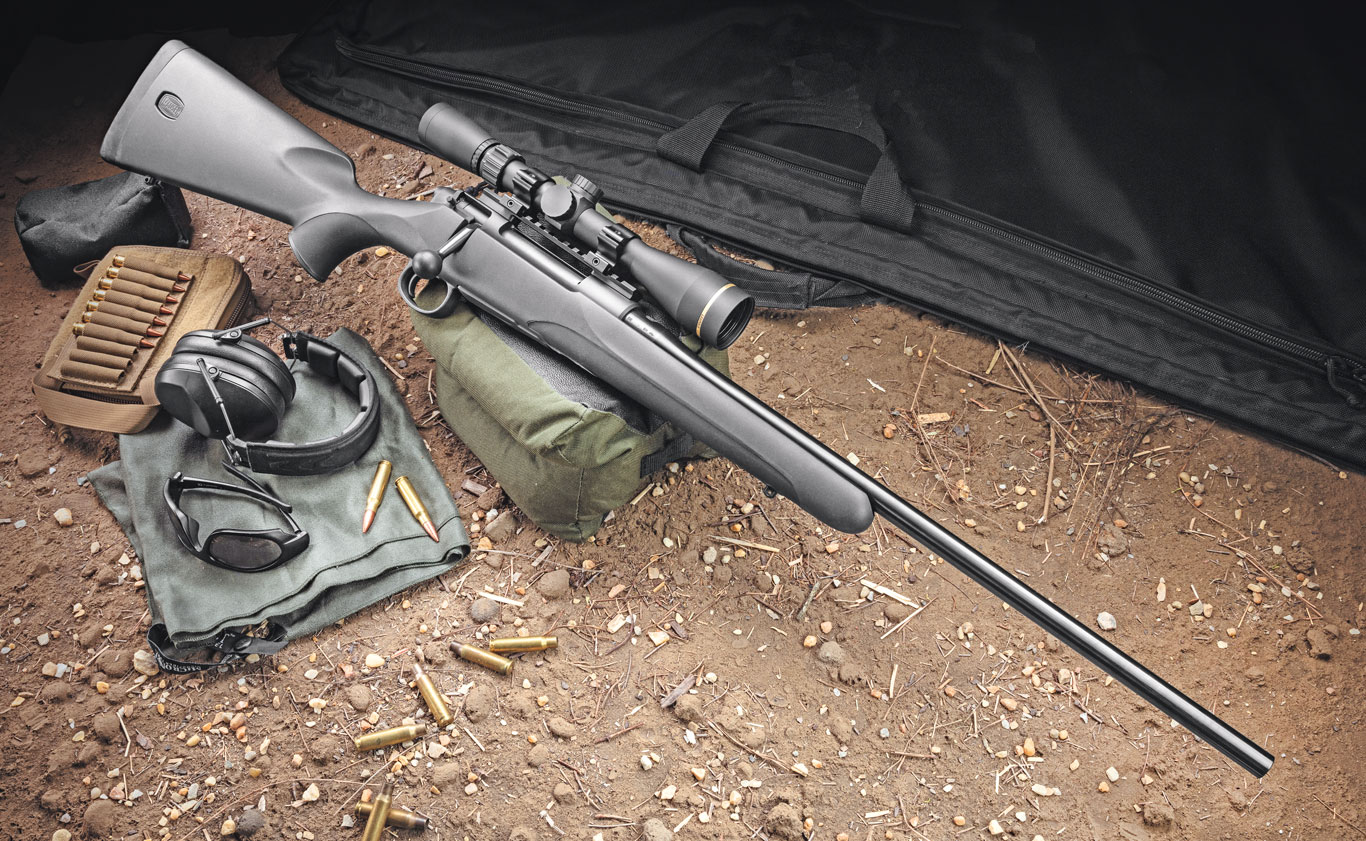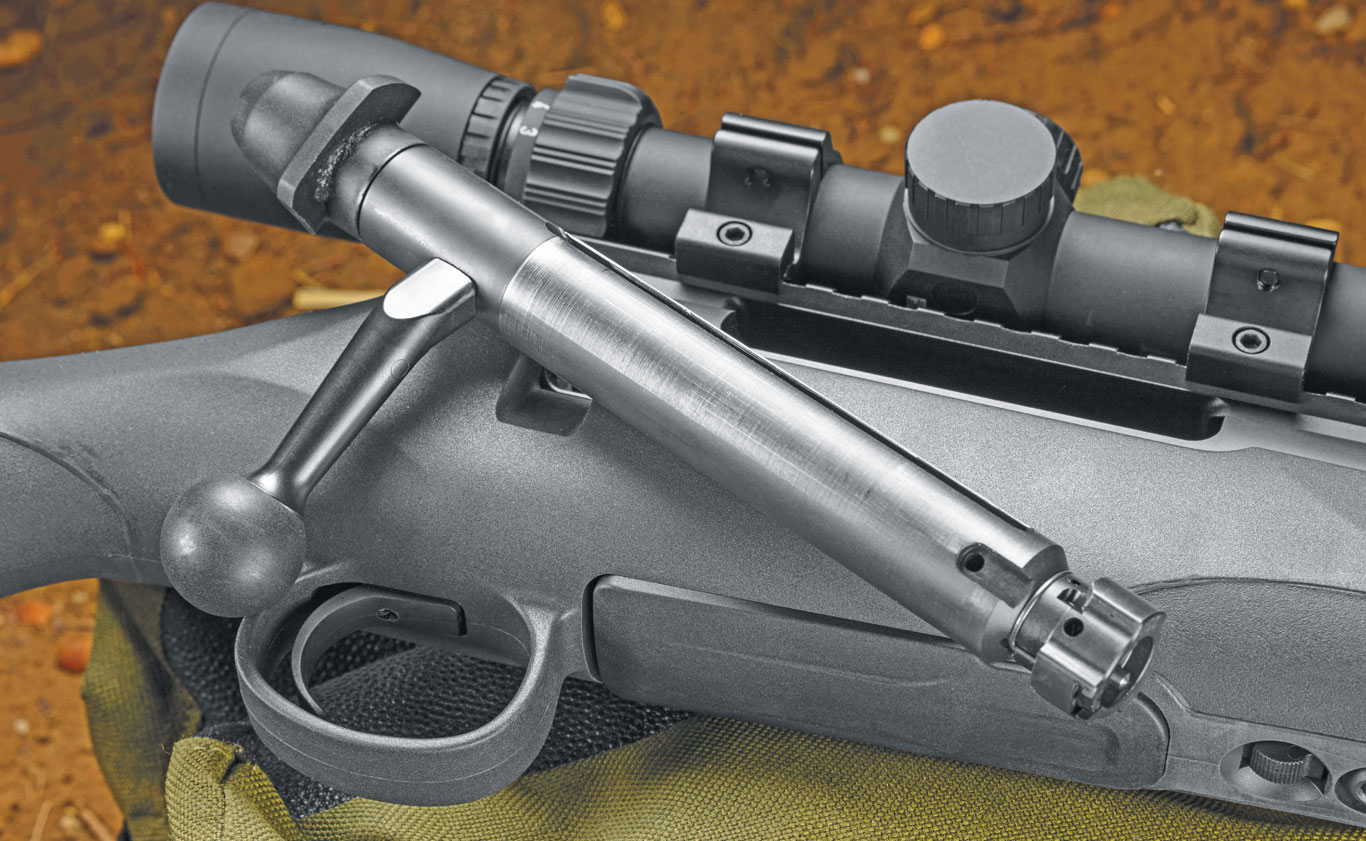
The new Mauser M18 combines legacy with modernization.
Say the words “Mauser bolt-action” and almost everyone thinks of the Model 1898, i.e., Model 98 or M98. The M98 was in production for so long and Mauser made so many (as well as those produced by partners under license) that it’s difficult not to think of the M98 when the Mauser name is spoken.
What’s unfortunate about the M98 is that it has overshadowed many other Mauser rifle achievements introduced since the 1950s. By exploring new designs and manufacturing techniques for more than 60 years, Mauser has amassed vast rifle-manufacturing knowledge that makes the new Model 18 (M18) possible.

Combining several innovations, the M18 action features a large, super-hard, three-lug bolt for its short action.
Pieces of the Puzzle
Mauser licensed the Gehmann short action in 1965. This little gem was designed by one of Germany’s championship rifle shooters in the mid-1950s. The action is almost half as short as a regular M98 and was one of the first to have the bolt locking lugs seat into an extension of the barrel instead of the receiver. It was complicated and expensive, but it paved the way for alternative approaches to bolt-lug lockup and got Mauser away from the traditional M98 style.
The next major innovation for Mauser was the Model 2000 from 1968. This rifle was their earliest economy model that focused on giving the customer a high-quality, yet affordable rifle. Conceptually, you could say that this was the father of the M18. The M2000 was a good and accurate rifle, but it also proved for the first time that a Mauser production rifle could be successful with a hammer-forged barrel. Mauser sold about 30,000 of these from 1968 to ’74.

